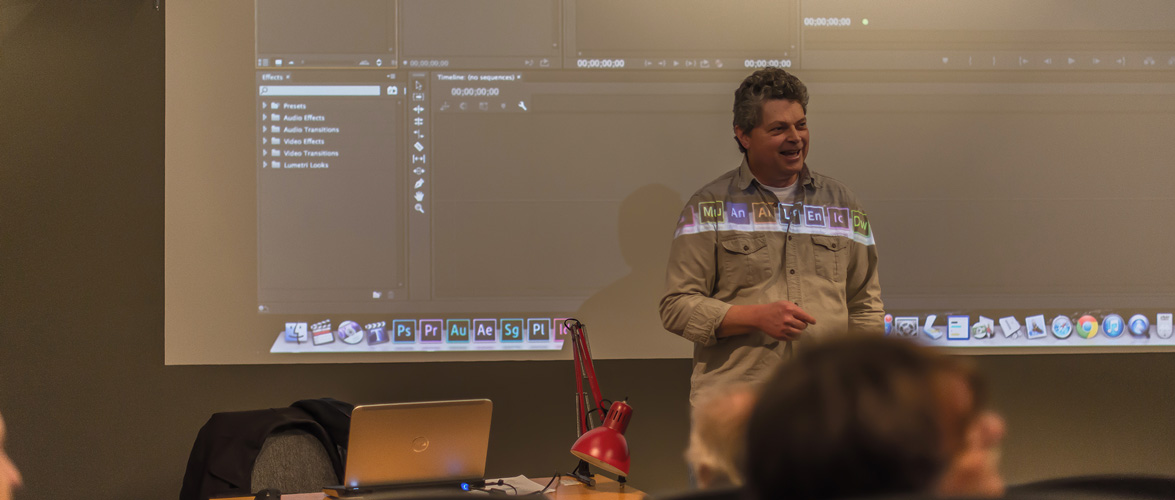When we moved out to Seattle two years ago, we knew that earthquakes might be a thing we’d have to worry about, but it hadn’t really sunk in how real of a danger that might be. A recent New Yorker article got my office buzzing about the possibility of a Really Big One occurring on…
Tag: Seattle
Being Welcoming
Since I’m still not terribly happy with Final Cut Pro X, I was looking to attend a meeting of the Seattle Adobe Premiere Users Group, and to do that, they want you to fill out a questionnaire first. The last question took the cake: Do you think you could make a habit of attending on…
